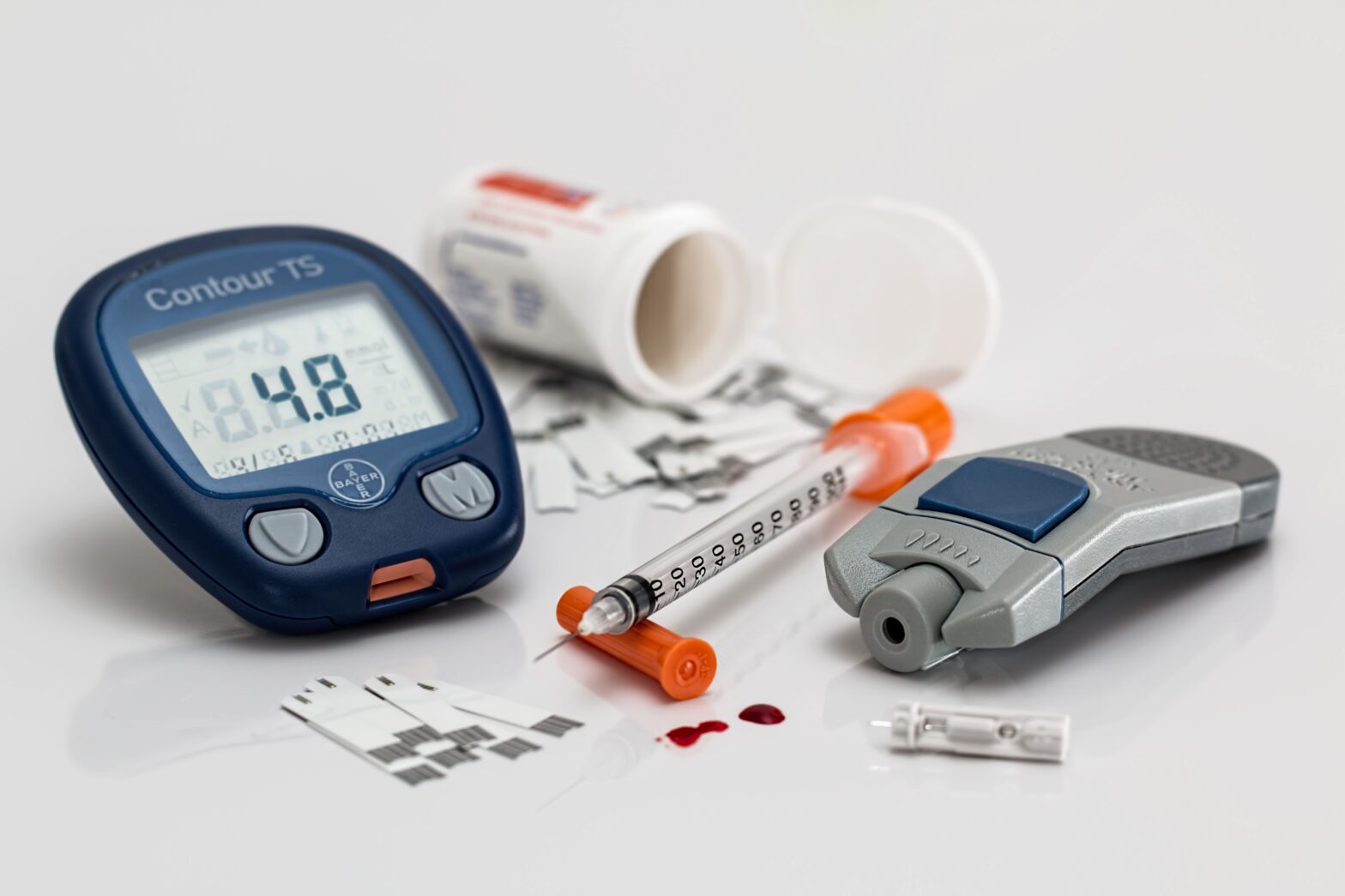Electrical Stimulation Therapy: A Closer Look
Electrical stimulation therapy (EST) is a non-invasive treatment that involves applying electrical currents to the body. It has been used for various medical conditions, including pain management, muscle rehabilitation, and wound healing.
In recent years, EST has also gained attention as a potential treatment for diabetic foot ulcers and neuropathy.
How Does Electrical Stimulation Therapy Work?
EST works by stimulating the nerves and muscles in the affected area. The electrical currents can help:
- Reduce pain: By interfering with pain signals transmitted to the brain.
- Improve blood flow: By promoting vasodilation, which is the widening of blood vessels.
- Enhance tissue healing: By stimulating the release of growth factors and other substances that promote tissue repair.
Three Types of Electrical Stimulation Therapy
There are several types of EST, each with its own specific application:
- Transcutaneous electrical nerve stimulation (TENS): This is a common type of EST used to manage pain. It involves applying electrodes to the skin, which deliver mild electrical currents to stimulate nerves and block pain signals.
- Neuromuscular electrical stimulation (NMES): NMES is used to strengthen muscles and improve function. It involves applying electrodes to specific muscle groups, which deliver electrical currents to stimulate muscle contractions.
- High-voltage pulsed current (HVPC): HVPC is a type of EST that is often used for wound healing. It involves applying high-voltage, short-duration electrical pulses to the affected area.
Research Studies on Electrical Stimulation Therapy for Diabetic Foot Care
Several research studies have investigated the effectiveness of EST for treating diabetic foot ulcers and neuropathy. Here are three examples:
- A study published in the Journal of Diabetes Science and Technology found that EST was effective in reducing the size of diabetic foot ulcers and improving wound healing. Participants in the study received daily EST sessions for 12 weeks.
- A randomized controlled trial published in the Journal of Vascular Surgery compared EST to a sham treatment for patients with diabetic foot ulcers and peripheral arterial disease. The study found that EST was more effective than the sham treatment in improving blood flow to the feet and reducing ulcer size.
- A systematic review and meta-analysis published in the Cochrane Database of Systematic Reviews examined the evidence for using EST to treat diabetic neuropathy. The review found that EST may be effective in reducing pain and improving quality of life for people with diabetic neuropathy.
Benefits of Electrical Stimulation Therapy for Diabetic Foot Care
EST may offer several benefits for people with diabetic foot ulcers and neuropathy, including:
- Pain relief: EST can help reduce pain associated with diabetic neuropathy and foot ulcers.
- Improved blood flow: EST can help improve blood flow to the feet, which is essential for healing ulcers and preventing infections.
- Enhanced tissue healing: EST can stimulate the release of growth factors and other substances that promote tissue repair.
- Non-invasive treatment: EST is a non-invasive treatment that does not require surgery or medication.
Conclusion
Electrical stimulation therapy is a promising treatment option for diabetic foot ulcers and neuropathy. While more research is needed to fully understand its benefits and limitations, the available evidence suggests that EST can be an effective and safe way to manage these conditions.
If you are considering EST for diabetic foot care, it is important to consult with a healthcare professional to discuss the potential risks and benefits.
